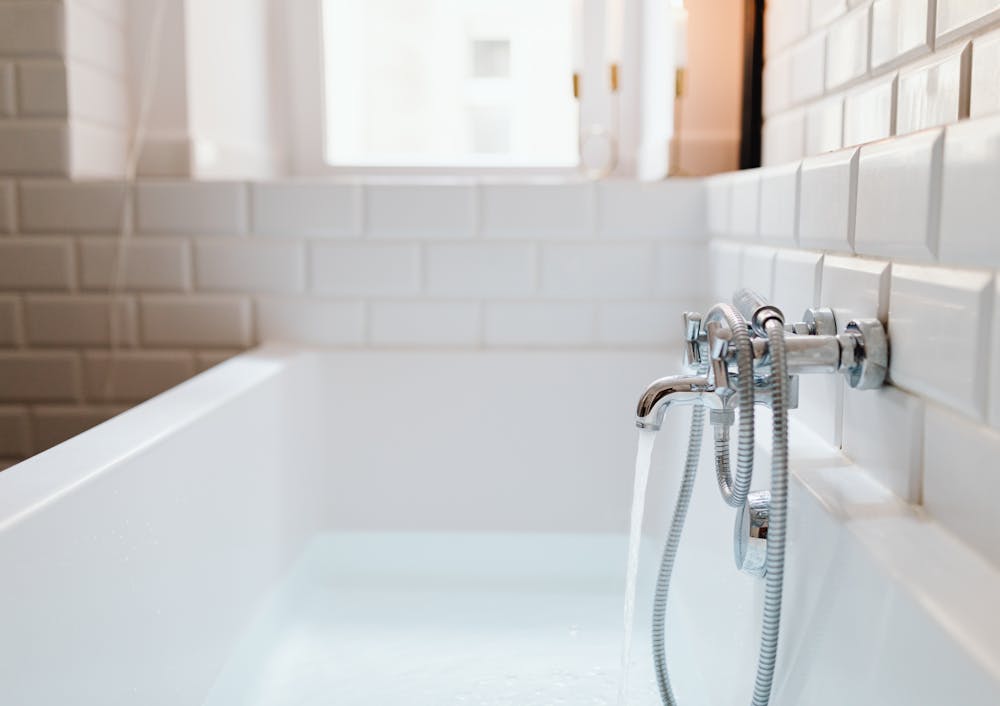A plumbing snake is a flexible tool used to clear clogs in pipes that are too deep for plungers to reach. By inserting it into the drain and rotating it, you can break up or retrieve blockages. While DIY fixes are helpful, persistent issues may require professional assistance.
Table of Contents
- Understanding What a Plumbing Snake Is and How It Works
- Step-by-Step Guide to Using a Plumbing Snake Effectively
- Common Scenarios Where a Plumbing Snake Comes in Handy
- Tips for Maintaining Your Plumbing System After Snaking
Imagine standing in front of a stubborn sink or toilet clog that refuses to budge, no matter how hard you plunge. Frustrating, right? That’s where a plumbing snake—a versatile and affordable tool—comes to the rescue. Whether you’re dealing with hair buildup in your bathroom sink or a stubborn blockage in your kitchen drain, a plumbing snake can save the day.
But before you dive in, it’s important to understand how this tool works and when DIY efforts might not be enough. For instance, some clogs are caused by deeper issues in your plumbing system that require specialized expertise. In such cases, consulting commercial plumber in Calgary can help identify and resolve the root cause.
In this guide, we’ll walk you through everything you need to know about using a plumbing snake effectively—from step-by-step instructions to tips for maintaining your pipes afterward. By the end, you’ll feel confident tackling minor clogs and knowing when to seek professional help. Let’s get started!
Understanding What a Plumbing Snake Is and How It Works
Before you can effectively use a plumbing snake, it’s essential to understand what it is and how it functions. This foundational knowledge will help you use the tool confidently and troubleshoot any challenges that arise during the process.
A plumbing snake, also known as a drain auger, is a long, flexible metal cable designed to navigate through pipes and remove blockages. The tool works by inserting the cable into the drain, feeding it further until it encounters resistance—typically the clog. Once the snake reaches the obstruction, rotating its handle helps break up the blockage or hook onto it for removal.
There are several types of plumbing snakes available, each suited for different scenarios:
- Handheld Snakes: These compact tools are ideal for small household clogs, such as those in sinks, showers, or toilets. They’re easy to use and affordable for DIY enthusiasts.
- Electric Snakes: For tougher or more stubborn blockages, electric snakes offer motorized power to cut through debris efficiently. These are often used for larger drains like those in bathtubs or main sewer lines.
- Commercial-Grade Snakes: Designed for industrial plumbing systems, these heavy-duty tools are typically operated by professional plumbers to handle extensive blockages in commercial settings.
Understanding the differences between these types secures you choose the right tool for the job. In the next section, we’ll walk you through a step-by-step guide to using a plumbing snake effectively.
Step-by-Step Guide to Using a Plumbing Snake Effectively
Using a plumbing snake may seem intimidating at first, but with the right approach, it’s a straightforward process. Follow these steps to clear clogs like a pro and restore proper drainage to your pipes.
Step 1: Gather Your Tools
Before you begin, make sure you have all the necessary tools within reach. Having everything prepared will make the process smoother and more efficient.
- A plumbing snake (handheld or electric, depending on the severity of the clog).
- Rubber gloves to protect your hands from debris and bacteria.
- A bucket to catch any water or waste that comes out of the drain.
- A flashlight to illuminate the drain opening for better visibility.
Step 2: Insert the Snake into the Drain
Start by feeding the tip of the plumbing snake into the drain opening. Push it gently until you feel resistance, which indicates that the snake has reached the clog. Make sure the snake is aligned properly with the pipe to avoid damaging the drain.
Step 3: Rotate and Push the Snake
Once the snake encounters the blockage, begin rotating the handle clockwise while applying gentle pressure. This motion helps the snake either break up the clog or hook onto it for removal. If you’re using an electric snake, activate the motor to assist with the rotation. Be patient—this step may take some time, especially for stubborn clogs.
Step 4: Retrieve or Flush the Clog
After breaking up the blockage, pull the snake out slowly to remove any debris caught on its end. Dispose of the debris in a trash bag or bucket. If the clog seems fully dislodged, flush the drain with hot water to clear out any remaining particles and test the flow.
Step 5: Clean Up and Test the Drain
Once the clog is cleared, clean up your workspace and tools. Dispose of any debris safely and sanitize the area if necessary. Finally, run water through the drain to confirm that it’s flowing freely. If the issue persists, you may need to repeat the process or explore other solutions.
Tips for Maintaining Your Plumbing System After Snaking
Clearing a clog with a plumbing snake is just the first step in securing your plumbing system stays in good condition. To prevent future blockages and maintain optimal performance, follow these proactive tips:
1. Clean Drains Regularly
Regular maintenance is key to preventing clogs from forming. Use natural cleaning solutions like baking soda and vinegar to flush out minor debris and eliminate odors. Pour boiling water down the drain afterward to help dissolve any remaining buildup. Avoid using harsh chemical cleaners, as they can damage pipes over time.
2. Install Drain Strainers
One of the simplest ways to prevent clogs is by installing drain strainers in sinks, showers, and bathtubs. These small devices catch hair, food particles, and other debris before they enter the pipes, making cleanup easier and reducing the risk of blockages. Clean the strainers regularly to secure proper drainage.
3. Dispose of Waste Properly
What you put down your drains has a direct impact on their longevity. Avoid flushing non-biodegradable items, grease, or large food scraps down the sink or toilet. Instead, dispose of grease in a sealed container and throw it in the trash, and use a compost bin for food waste.
4. Inspect Pipes Periodically
Even if your drains seem to be functioning well, it’s a good idea to inspect them periodically for signs of trouble. Look for slow drainage, unusual gurgling sounds, or foul odors, which may indicate an emerging issue. Addressing problems early can save you time and money in the long run.
5. Educate Household Members
If you live with family members, roommates, or employees (in a commercial setting), make sure everyone understands how to properly use and care for the plumbing system. Simple habits, like not flushing wipes or dumping grease down the sink, can go a long way in preventing clogs.
Final Thoughts on Mastering the Plumbing Snake
A plumbing snake is an invaluable tool for any homeowner or DIY enthusiast, capable of resolving a wide range of clogging issues quickly and effectively. From clearing hair in bathroom sinks to tackling stubborn blockages in kitchen drains, this versatile device empowers you to take control of your plumbing system. By following the step-by-step guide and adopting proactive maintenance habits, you can prevent many common clogs and keep your pipes flowing smoothly.



